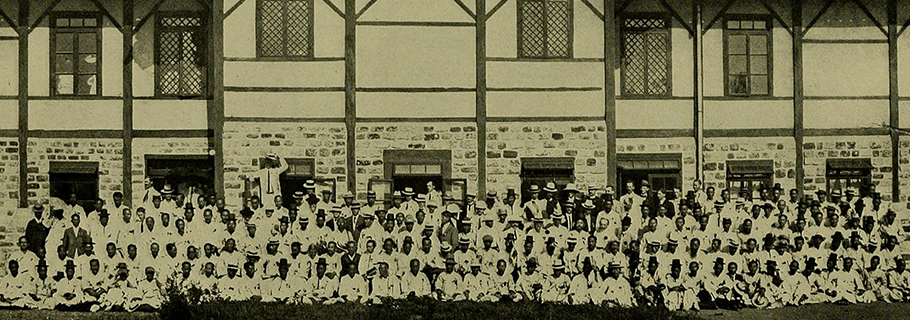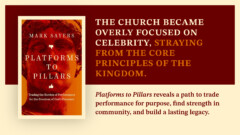This is the third article in a series penned by Joel Kim, President of Westminster Seminary. In each entry he is reflecting on the Olympics from a Korean perspective.
Where do the Olympic athletes representing other countries worship in South Korea? Christian leaders in South Korea have called upon churches to make the Winter Olympics a “Missions Olympics,” encouraging congregations and pastors to be active in evangelizing to the thousands of athletes and officials visiting South Korea. For instance, the many fans of skating–whether of the figure, short-track, or speed skating variety–should be familiar with Gangneung Ice Arena where these events are held. However, many might not be aware that the city of Gangneung is about thirty minutes from PyeongChang or that the 140 or so churches in the city have been a part of a national Christian organization formed in 2012 to prepare for the Olympics. The purpose of the “Korean Christian Services” (rough translation) is to serve and evangelize to the visitors from around the globe.
Such organization and activism might not be surprising for those who are familiar with churches in South Korea. For the rest of us, what are some things worth noting about Christianity there?
Christianity in South Korea has grown steadily and faithfully for over a century now representing a major presence in a country with no majority religious group
First, most surveys indicate that around a quarter of the population of South Korea (around 50 million) identify as Christians. Despite years of systemic opposition to Christianity under the Japanese during the Second World War, the devastation of the Korean War leading to many Christians from what is now North Korea becoming refugees, and decades of political and economic unrest, Christianity in South Korea has grown steadily and faithfully for over a century now representing a major presence in a country with no majority religious group. Most visitors to South Korea are amazed by the number of churches in the major cities, made visible by the crosses on top of these ubiquitous church buildings.
Second, one might be surprised to know that the largest denominations and churches in South Korea are either Presbyterian or Methodist. The largest denomination is the Korean Presbyterian Church (Hapdong) with nearly 2.8 million members and 12,000 churches. This conservative Presbyterian denomination is only slightly larger than the more progressive and similarly named Korean Presbyterian Church (Tonghap) with similar numbers of members but fewer churches, nearly 9,000. The Korean Methodist Church reports that there are over 6,700 churches throughout South Korea with nearly 1.4 million members. Just as a Christian in the U.S. might often find a Dutch-Reformed church in the midwest or a Southern Baptist church in the Bible belt, it would not be difficult to find a Presbyterian or Methodist church in South Korea.
One reason for the growth of these denominations is history. They arrived in Korea first. Horace G. Underwood, a Northern Presbyterian, and Henry G. Appenzeller, an American Methodist, arrived in Korea together on April 5, 1885. They were soon followed by other western denominations and missions boards from Presbyterian churches in the US, Canada, and Australia. In order to minimize competition and difficulties, the various Presbyterian missions started a comity system in 1892 and later included the Methodists in 1908. Although all the missions continued to minister in the larger cities of Pyongyang and Seoul, they divided up the rest of the Korean peninsula mostly according to where the various ministries were already established. The early entry of the Presbyterian and Methodist churches provides a partial reason for their prominence in South Korea.
Third, one often hears about the sizes of churches in South Korea. Some of the largest churches in the world are concentrated in South Korea. For instance, Yoido Full Gospel Church claims a membership of 800,000 and weekly attendance of 480,000. Although those numbers are staggering, it is not unusual to find churches that number in the tens of thousands with eye-popping church buildings, offering countless Sunday services in multiple languages, and round-the-clock activities and ministries for all ages and groups. The density of the population and the desire for highly professional church ministries make these mega-megachurches possible and perhaps desirable, but I do hope to reflect further on these churches in a later post.
In watching the Olympics, I have not yet seen a whole lot of expression of faith from the athletes and certainly no discussion of the size or impact of Christianity in South Korea. But I hope the lack of coverage has not dampened the spirit of the churches as they serve and evangelize the world that has gathered in South Korea.










